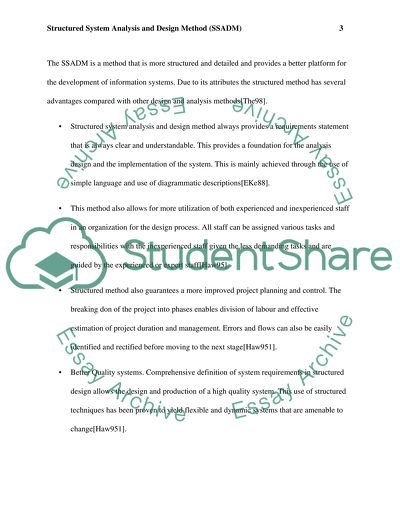Cite this document
(“Structured System Analysis and Design Method (SSADM) Research Paper - 1”, n.d.)
Retrieved from https://studentshare.org/information-technology/1616411-structured-system-analysis-and-design-method-ssadm
Retrieved from https://studentshare.org/information-technology/1616411-structured-system-analysis-and-design-method-ssadm
(Structured System Analysis and Design Method (SSADM) Research Paper - 1)
https://studentshare.org/information-technology/1616411-structured-system-analysis-and-design-method-ssadm.
https://studentshare.org/information-technology/1616411-structured-system-analysis-and-design-method-ssadm.
“Structured System Analysis and Design Method (SSADM) Research Paper - 1”, n.d. https://studentshare.org/information-technology/1616411-structured-system-analysis-and-design-method-ssadm.


